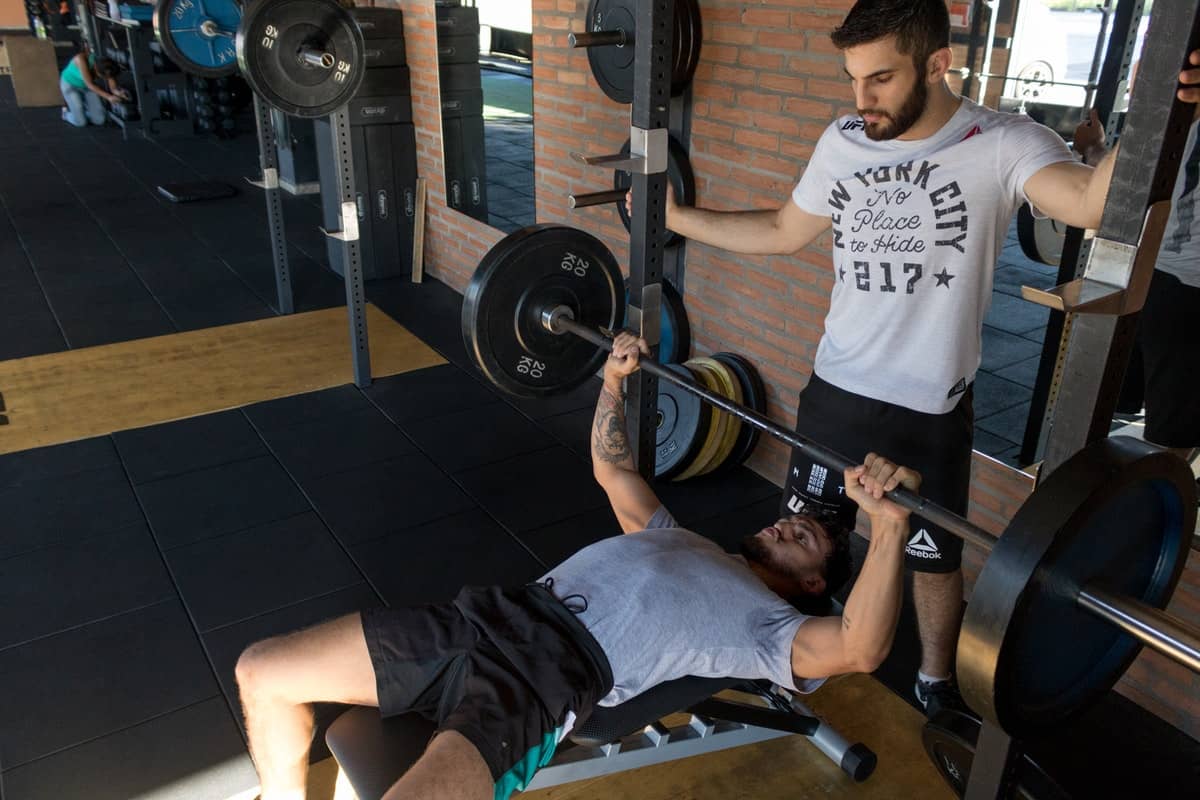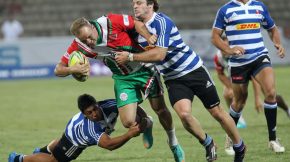7 Tips for Working Out While Injured
Share

Warm Up More
Before you start lifting or running, warm up the major muscles groups and joints you’ll be using while you exercise. If you have a rotator cuff injury, for example, use a resistance band to warm up the joint and muscles in that area, according to Men’s Health. Attach the band to a pole, and while keeping your forearm and upper arm bent at 90 degrees, pull the band outward by rotating your shoulder and forearm as far as you can.
Wear Cuffs, Braces or Splints
Most sporting goods, drug and even grocery stores sell devices you can use to wrap your injured muscle as you train. These cuffs or braces are designed to support your joints as you lift so you can continue to pump blood to the injured muscle. Blood enhances healing. Continue wearing the appropriate support brace at least until your injury is healed.
Stick to Movements That Don’t Hurt
If a certain exercise like barbell shoulder presses hurts your elbow or shoulder, try using dumbbells instead. Better yet, use one of the shoulder press machines which is designed to minimize stress on your injured joint. You can still work certain muscle groups without incorporating some of the main exercises.
Use Lighter Weights
Reducing the weight you use for each body part can help you get through an injury. It is always advisable to use a weight that you can rep-out 12 to 15 pounds, according to Mayo Clinic. Heavy lifting can exacerbate your injury and put you in a position where you may have to lay off.
Take Pain Medications
Medicines like ibuprofen and acetaminophen can help alleviate pain in your injured joint as you continue with your workout routine. The important thing is to use the recommended dosage on the bottle. Ibuprofen may be better if you have both pain and inflammation because acetaminophen is not an anti-inflammatory, according to Healthline.
Cut Back Training
You might want to cut back on the number of days you train when you have an injury. This will give your body more days to heal.
Maintain Proper Nutrition
Eating right and taking supplements can enhance your recovery process. It also ensures you get the essential vitamins and minerals for healing. Eat more vegetables, fruits and lean meats instead of engorging yourself with junk food.
You don’t have to quit working out when you have any injury. Use common sense and implement some of the aforementioned strategies as you heal. If your injury starts getting worse, it may be time to call your doctor.
























